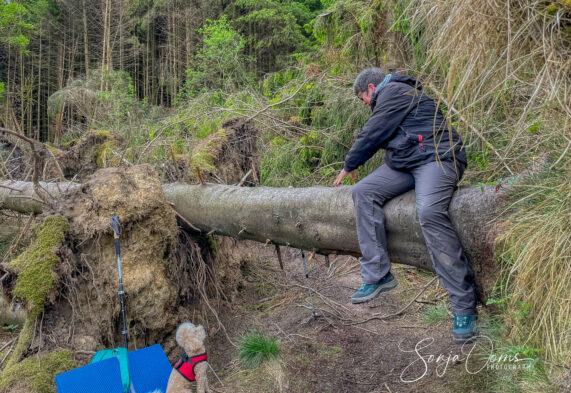The UK is an island and islanders apparently have a taste for independence so I guess saying EU membership was never cordial is kicking at an open door. Oh and it was also not the first time that the English broke away from a bond with Europe. If the 2016 departure was a politically inspired and badly executed decision, in 1534 there was another exodus based on religious and financial grounds. Although you can question that: politics, finance and religion are always very unhealthily and closely linked.
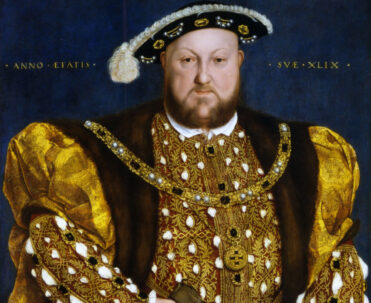
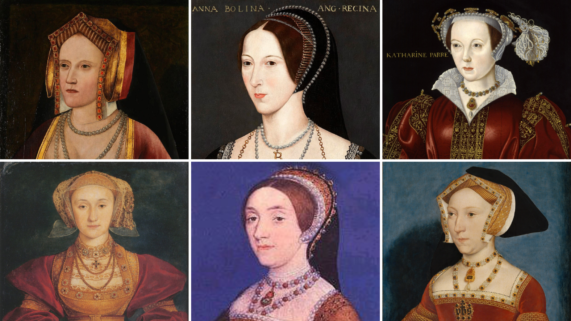
Divorced, beheaded, died, divorced, beheaded, survived…Henry VIII and his six wives
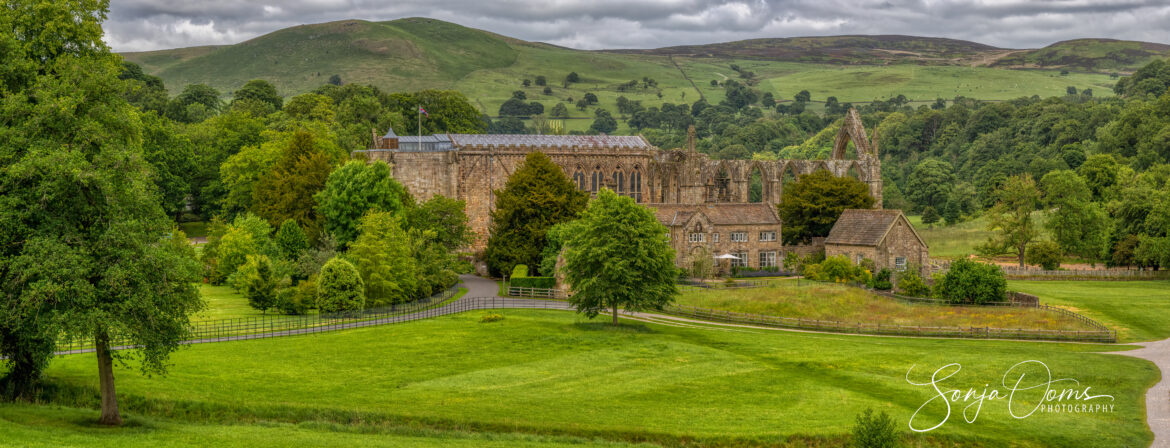
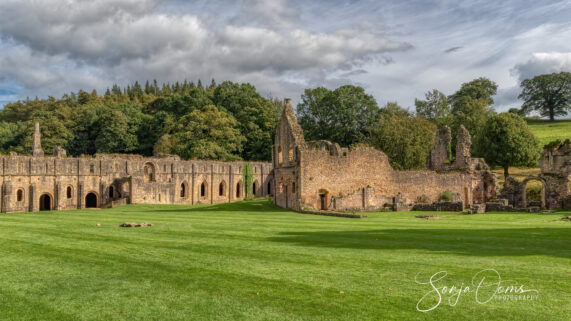
Which brings me back to the Yorkshire Dales. For they are also home to some of Yorkshires most historic Abbeys and Castles, including the UNESCO World Heritage Site, Fountains Abbey, as well as Bolton Priory.
Well, what’s left of them anyway, as they were expertly looted and destroyed by the King & his men. During the dissolution of the monasteries between 1536 and 1541 by which the original Brexiteer Henry VIII disbanded monasteries, priories, convents, and friaries in England, Wales, and Ireland. Being King in those days meant that you had someone to empty the royal chamber pot and plenty of folks to kiss your royal a…s, but it was also expensive business. You had to build all those nice palaces, pay for numerous wives and mistresses, pay your noblemen, pay for wars, …
Get rid of this annoying Pope in faraway Italy, make yourself head of your very own Church, divorce and remarry to your heart’s content and in the process fill the royal coffers with gold, what’s not to like for a cash strapped king?
The ruins of Fountains Abbey
Fountains Abbey
Surrounded by beautiful North Yorkshire countryside, this World Heritage Site has a lot to offer for a thoroughly enjoyable day out.
The magnificent ruins of the once prosperous Fountains Abbey, one of the largest and best preserved ruined Cistercian monasteries in England. Founded in 1132, the abbey operated for 407 years, becoming one of the wealthiest monasteries in England until its dissolution.
Many people, including “chief dissolutioner” Thomas Cromwell and his commissioners, were considerably enriched by the Dissolution. The monasteries, once acknowledged as repositories of cultural treasures, were now much appreciated for their cash value. The work of despoiling the monasteries of their riches began almost immediately after they were suppressed. The gold and silver, jewels and precious metal were sent to the king’s receiver at the Tower.
Lead was stripped from the roofs and destruction was the order of the day. The commissioners received instructions to ‘pull down to the ground all the walls of the churches, steeples, cloisters, refectories, dormitories, chapter houses’.
And on top of the state-organized looting, plundering added to the destruction. Hailes Abbey for example was ransacked on such an enormous scale by local gentry, farmers, artisans and even priests that a special commission was convened in 1541–42 to investigate what had happened.
And all that was left of the great Abbeys are the impressive and dramatic ruins.
The ruins of Bolton Priory
Bolton Abbey
Led by a prior, Bolton Abbey was technically a priory, despite its name. It was founded in 1154 by the Augustinian order, on the banks of the River Wharfe. In the early 14th century Scottish raiders caused the temporary abandonment of the site and serious structural damage to the priory.
The nave of the abbey church was in use as a parish church from about 1170 onwards, and survived the Dissolution of the Monasteries.
Building work was still going on at the abbey when the Dissolution of the Monasteries resulted in the termination of the priory in January 1540. The east end remains in ruins. A tower, begun in 1520, was left half-standing
The Hall at Bolton Abbey
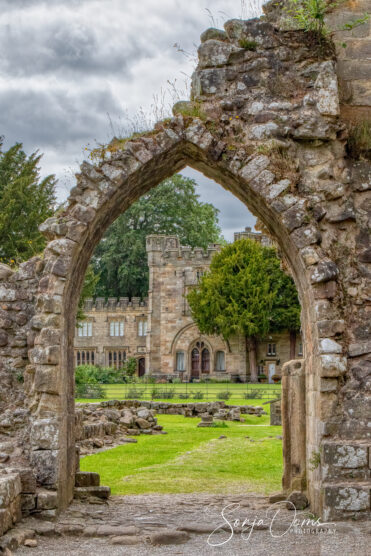
The Hall at Bolton Abbey
The private home of the Duke and Duchess of Devonshire and their family, now an exceptional, exclusive-use retreat in the heart of the Yorkshire Dales, just next to the Bolton Abbey grounds.
Kenilworth Castle
Kenilworth Castle
Nothing to do with the dissolution but an impressive site all the same: Kenilworth Castle. Established in the 1120s by the royal chamberlain, Geoffrey de Clinton, who built most of the Norman keep. In the early 13th century King John added an outer circuit of stone walls and a dam to hold back a great lake, so creating one of the most formidable fortresses in the kingdom. In 1266 Simon de Montfort held Kenilworth against the king through an extraordinary six-month siege – the longest in English medieval history. In the 14th century John of Gaunt, son of King Edward III, developed the castle into a palace, building the great hall and lavish apartments. In 1563 Elizabeth I granted the castle to Robert Dudley, Earl of Leicester, who transformed Kenilworth into a magnificent palace. Famously he entertained the queen here for 19 days of festivities in 1575. The castle’s fortifications were dismantled in 1650 after the English Civil War. Later, the ruins became famous thanks in part to Walter Scott’s 1821 novel Kenilworth, which romanticised the story of Robert Dudley, his wife Amy Robsart, and Elizabeth I.
The Yorkshire Dales are so impressive, rich and varied that it would be too boring for me to describe and show it all in one post. So one blog post about the Dales came before this one HERE and one more is in the making, watch this space.
